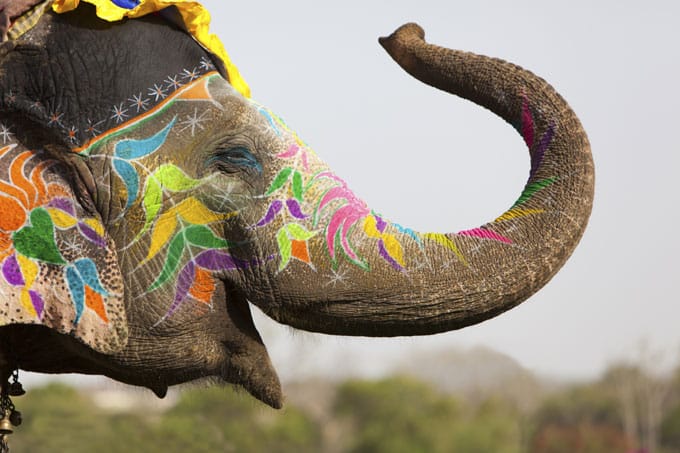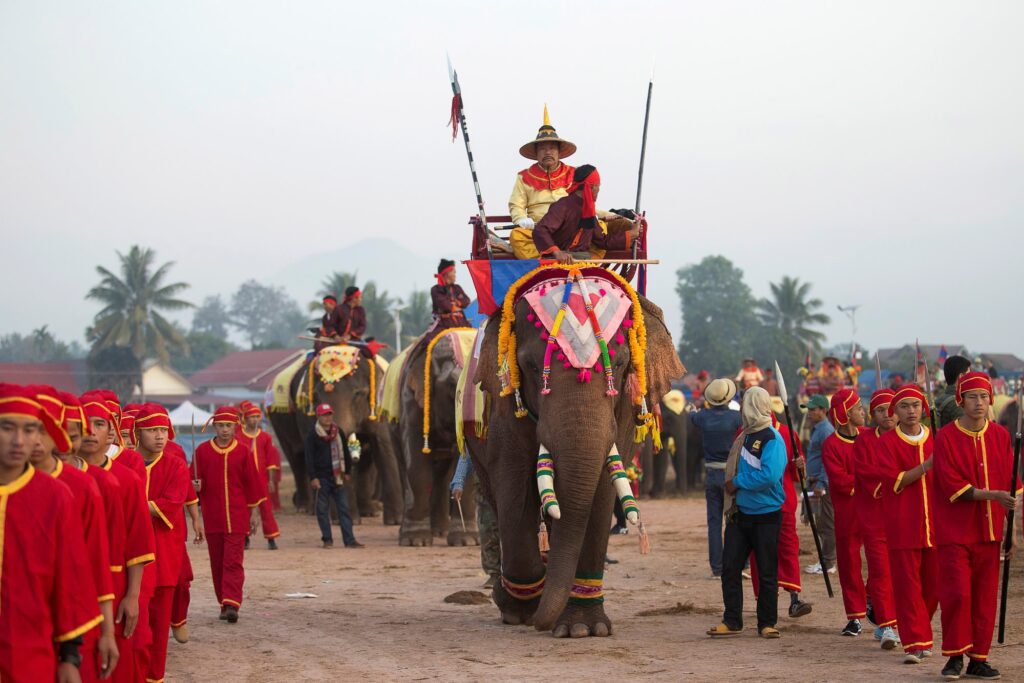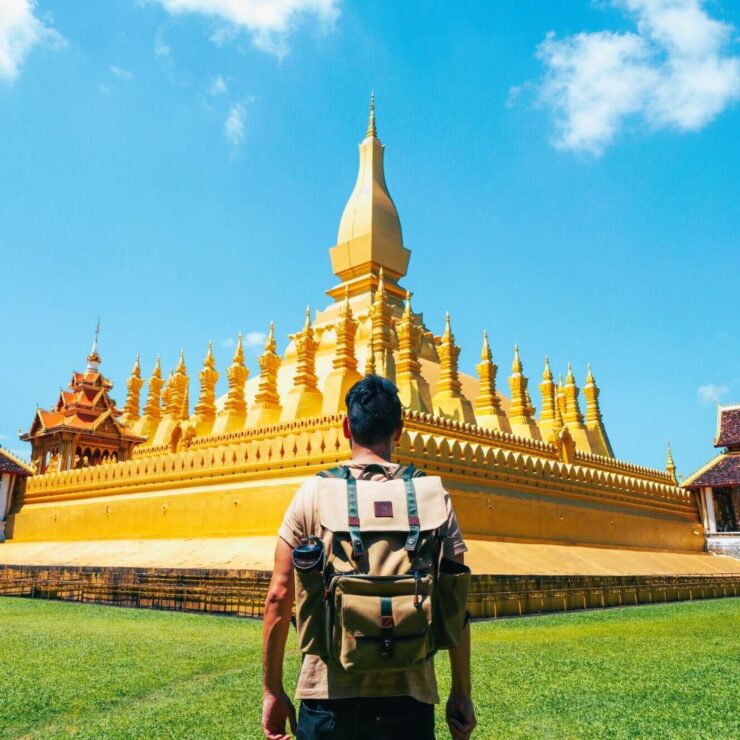The annual Elephant Festival in Xayaboury province will be held from February 12-18, coinciding with Laos’ Visit Laos Year 2024 tourism campaign. Mr. Phetphixay Sounvilay, the Deputy Provincial Governor, stated that the 17th Elephant Festival will offer a diverse range of activities such as a vibrant street market, cultural shows, a concert, elephant circus performances, skydiving, and a beauty pageant. Visitors will have the opportunity to interact with and feed the elephants.

Each day of the festival will feature various events, and attendees can explore local villages as well as enjoy traditional cultural performances. Moreover, there will be an elephant drawing competition to further enhance the festival experience. Due to the expected large turnout, tents will be set up on the Houng riverbank to accommodate those unable to find lodging in homestays, hotels, or guesthouses.
Authorities also plan to provide additional training on cleanliness and safety for staff working in restaurants, hotels, and other tourism-related services. They aim to maintain reasonable prices to ensure visitor satisfaction.

The Elephant Festival is one of the highlights on the Visit Laos Year calendar. Xayaboury is currently hosting the Boun Kong Khao Yai festival (rice festival) from January 7-12. This celebration, which takes place in Phieng district annually, commemorates the successful rice harvest in the region. The festival is renowned for its towering piles of rice, created specifically for this occasion. Additionally, there will be a Baci ceremony to honor rice, alms-giving, and a beauty competition. Visitors can also enjoy sports competitions, performances by local ethnic groups, and a cooking contest featuring delicious dishes. Furthermore, they have the opportunity to learn about the Tongleuang ethnic group’s lifestyle, products made under the One District, One Product initiative, and rice-based goods.
Tour in Luang Prabang
Xayaboury, located in northern Laos and approximately 300 kilometers from Vientiane, offers a wealth of attractions, including 29 designated nature-based sites, 12 cultural landmarks, and six historically significant locations. The province is easily accessible within Laos and from neighboring countries. Additionally, it houses a National Protected Area that boasts remarkable biodiversity.




